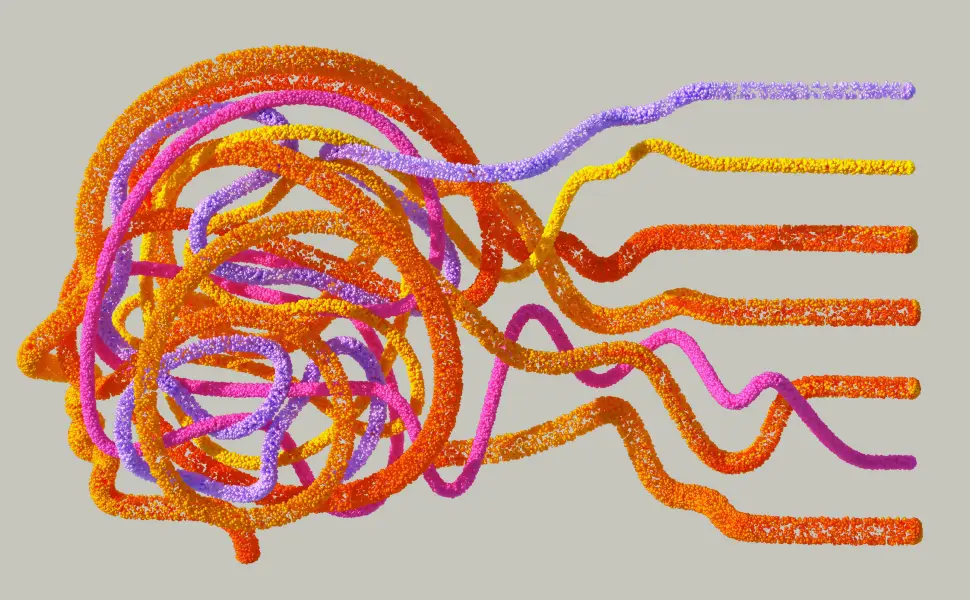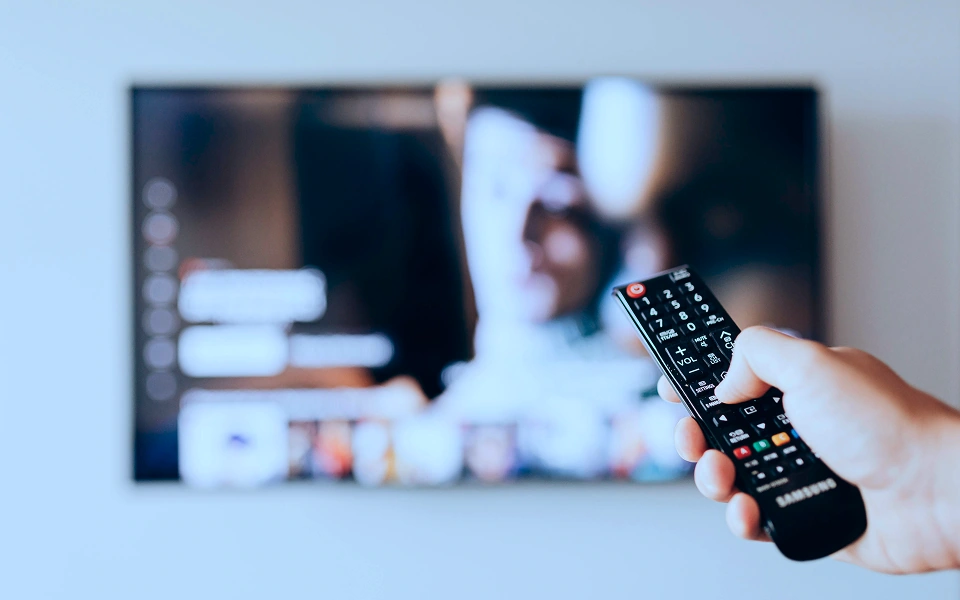From Neuromarketing to Predictive Neuroscience
In 2023, neuromarketing was still seen as a niche field of labs, electrodes, and curiosity.
In 2025, it has evolved into a mainstream creative effectiveness tool—driven by AI models that predict how emotion, attention, and memory work together.
Today, understanding how your audience’s brain reacts to creative is no longer experimental. It’s essential.
This article breaks down the five neuroscience-backed principles that help brands stay remembered in an overloaded, attention-driven world.
1. Design for Emotional Arousal
Emotion is the ignition key for memory.
When we experience surprise, fear, joy, or empathy, the amygdala signals the hippocampus to store that event more vividly.
Modern ad research shows that high emotional intensity doubles long-term recall compared to neutral creative.
To leverage this:
- Build moments that make viewers feel something early on.
- Use storytelling contrast—quiet vs loud, suspense vs relief—to drive engagement.
- Ensure emotion connects to your brand, not just the scene.
Key takeaway: Ads that evoke genuine emotion stay active in memory networks far longer than purely informational ones.
2. Optimize for First Fixation
The first two seconds of exposure determine whether your ad even gets processed.
Eye-tracking and predictive attention data show that early visual focus on faces, movement, or brand cues anchors subsequent memory formation.
In 2025, creative teams use predictive eye-tracking models to map those first fixations before going live. These reveal whether attention lands where it matters — on your message, not the margins.
Key takeaway: Win the first two seconds, and you win the brain’s permission to remember you.
3. Create Memory Peaks
Our brains don’t store full experiences; they store highlights.
The “peak-end rule”, validated in behavioral science, shows that memory favors emotional peaks and how an experience ends.
In advertising, that means shaping one standout visual, line, or moment of relief that summarizes the whole story. Predictive tools like junbi.ai can now identify those high-attention timestamps, helping brands design around them instead of guessing.
Key takeaway: A single strong memory peak can carry the entire campaign in people’s minds.
4. Synchronize Story and Brand
Great stories capture hearts—but if your brand isn’t part of that story, someone else may get the credit.
Recent WARC analysis shows that top-performing brands in 2025—like CeraVe, Barbie, and Sprite—used distinctive brand assets such as colours, characters, and memes to stay recognizable across channels and drive mass reach.
The goal isn’t to force branding but to weave it naturally into narrative highs. Think of your brand as a character, not a sponsor.
Key takeaway: weave distinctive brand assets into the moments people remember, so attribution and recall travel together.
5. Test and Refine with Predictive Neuroscience
Emotion and attention are complex, but measuring them doesn’t have to be.
Advances in AI-driven neuromarketing let you forecast attention heatmaps, emotional arousal, and memory encoding before spending on media.
Recent findings from WARC Cannes Lions 2025: Creative Impact highlight that the most effective campaigns of 2025 were those that tested early and iterated fast, blending creative intuition with predictive validation.
Platforms such as junbi.ai and expoze.io translate thousands of human attention responses into predictive insights, helping you refine narrative flow, visual hierarchy, and emotional rhythm in minutes.
Key takeaway: Combine creativity with data. Predictive testing turns instinct into measurable, scalable effectiveness.
The Cost of Being Forgotten
Brands that miss emotional connection or timing don’t just lose attention—they risk helping competitors.
When story and brand fall out of sync, memory credits the wrong name.
Small creative choices — placement, emotion, pacing — decide whether you build memory or bankroll someone else’s.
In Short: Memory Is Market Share
You need creative that speaks the brain’s language: emotion first, attention second, memory forever.
Curious how your ad performs on these principles?
Run it through junbi.ai for video or expoze.io for static assets and see how predictive neuroscience turns impressions into lasting recall. Get your first ad test free to try it risk-free.



.webp)



